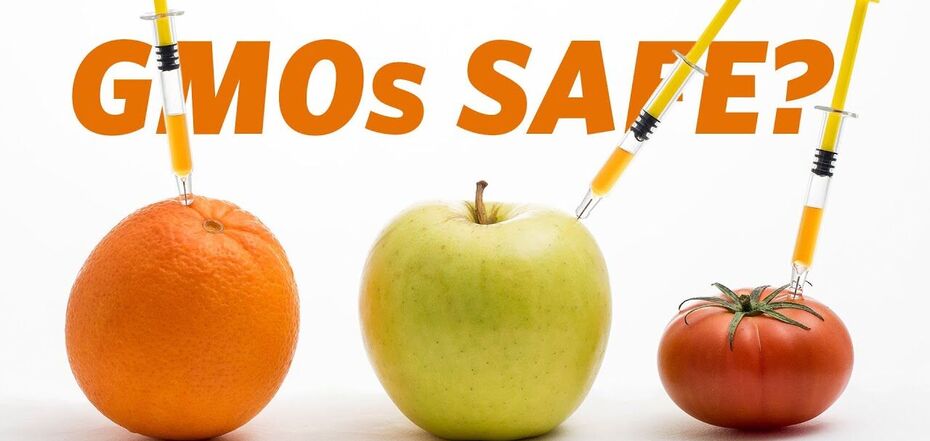Life
How dangerous are GMO products
Genetically modified foods can sometimes be compared to ghosts in the closet: they scare everyone, but no one has seen them in person. The idea that such food is unhealthy is deeply rooted in our minds. And even if the chips' packaging says "non-GMO", it means that this is a "harmless" product. The scary myths about GMOs are exaggerated," say experts from the FDA. Why do vegetables, fruits and other genetically engineered products cause so much controversy? And are they justified?
GMOs are 10,000 years old
GMO products with this designation have been available to consumers since 1990. They are called a dubious achievement of modern technology, even though humanity has been engaged in selective and mutational breeding of crops and animals for more than 10,000 years.
A genetically modified organism is a plant, animal or microorganism whose genetic material (DNA) has been altered and transferred from one organism to another. Scientists often refer to this process as genetic engineering.
In essence, genetic engineering is doing the same thing that scientists did many hundreds of years ago. However, the term GMO is not usually used to refer to plants or animals that have been bred by selection. For example, the same garden strawberry was created by crossing several varieties of berries.
Scientists are developing this technology at the national level, primarily because of the global food crisis, population growth and declining harvests. GMO foods are beneficial to both producers and consumers: they are slow to spoil, have higher yields, and are resistant to pests.
Do GMOs affect human and animal health?
GMO foods are just as healthy and safe to eat as their non-GMO counterparts, say FDA experts, citing clinical studies that have proven this. Moreover, some GMO plants have been modified to increase their nutritional value.
For example, high-fat GMO soya beans are often used in food production to replace oils containing trans fats. GMO plants used for animal feed have also been clinically proven to be as safe as non-GMO plants.
Genetically modified foods are now consumed by millions of people around the world, including in the EU. They are more affordable, have properties that prevent them from spoiling quickly, have high yields, good taste, and are resistant to insects.
Environmental friendliness of GMOs: less pesticides
It is noteworthy that many types of GMO plants contain built-in protective substances that make them resistant to pests. This reduces the need for pesticides. GMO plants are also often engineered to be resistant to certain herbicides, allowing farmers to effectively control weeds.
There is not a single clinical study that has proven the harmful effects of GMO foods on the human body. Despite many discussions, most scientists in the world consider them harmless. Many researchers are convinced that GMO foods have existed long before they appeared. Bananas, potatoes, carrots - all these plants were bred through selection.
Genetic engineering technologies allow us today to regulate the processes of urbanisation, overpopulation and hunger on our planet. Crossbreeding, selective and mutational breeding of plants and animals have been known to mankind for a long time. People have used traditional methods to modify crops and animals to suit their needs. This is what helped us evolve and develop.



























